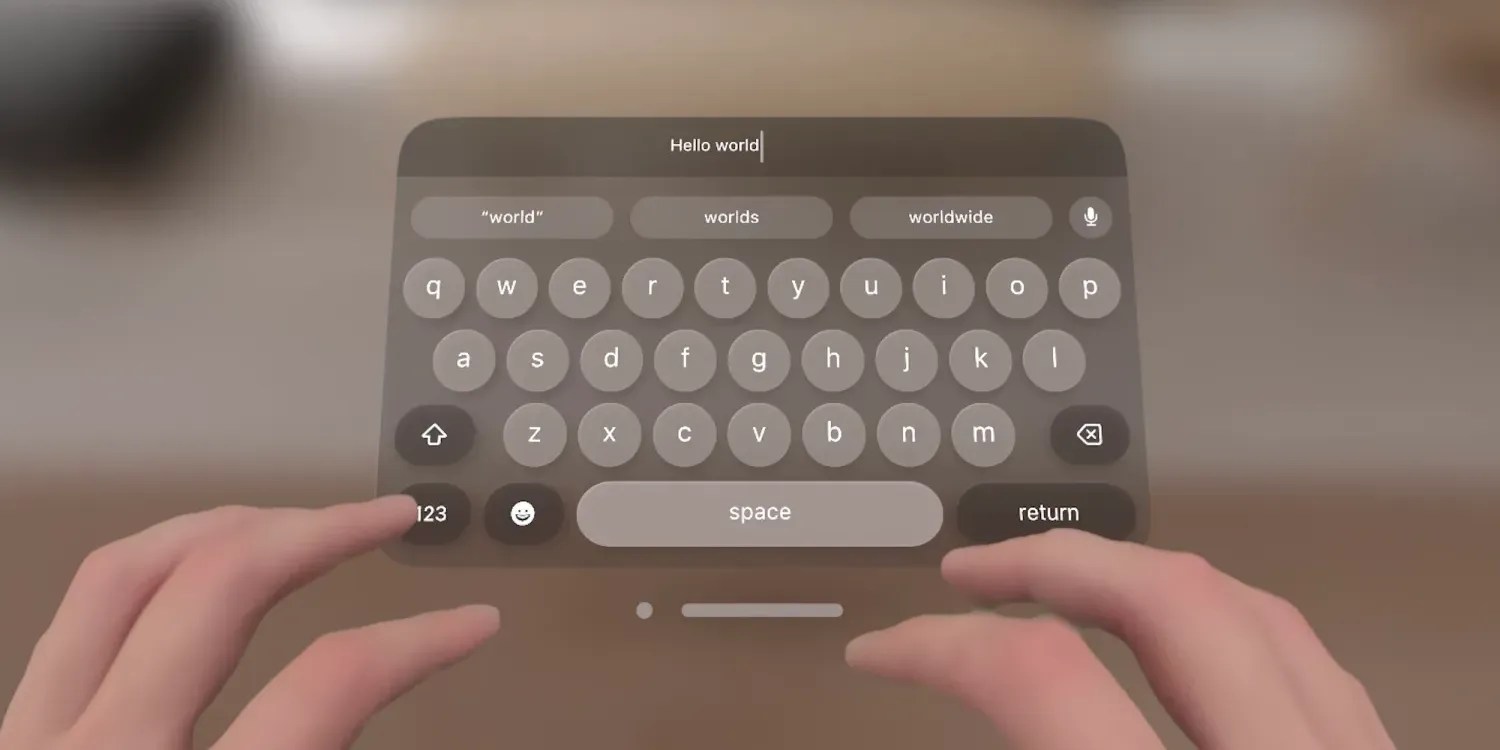
We’ve been seeing a number of people wearing Vision Pro in public, and it’s even been suggested that this is a positive thing for Apple and its customers.
But one reviewer who made a specific point of using the device while walking the streets, and in stores and restaurants, said it feels socially uncomfortable – and Apple has made it implicitly clear that mobile usage isn’t intended …
So far, the majority of footage we’ve seen of people wearing Vision Pro while outside has quite clearly been intended as a fun piece of entertainment, or hopes of going viral.
But Arstechnica’s Samuel Axon wanted to wear Vision Pro in public for a much more pragmatic reason: to see whether there was a use case for it, and assess how people reacted.
He concluded that it’s safe enough when walking, at least in daylight.
The passthrough on this headset is better than anything I’ve seen before, and it’s more than enough to walk around while using it safely. No, it’s not anything close to the same as seeing the world with your own eyes, but you have all the fidelity and depth perception you need (and just barely enough field of view) to make it comfortable. Seeing what I was doing and navigating safely on foot was not a problem.
He of course emphasises that nobody should use it while driving a car.
The interactions he describe were remarkably natural – such as an assistant who interacted with him in a perfectly ordinary manner when he went to pick up a food order.
He interacted with me normally, looked me in the virtual eyes, made small talk with me, asked me a standard question about my order, and thanked me as he handed me the food. There was no awkward staring, no questions, no rude remark.
A waitress in a restaurant asked whether it was “the new Apple thing” and whether he could see her, but seemed more curious than fazed. A waiter bringing food to his table was more hesitant, and a less comfortable.
He was placing my plate in front of me but seemed to take extra care, believing I couldn’t see him. When I took the plate in my hands, he seemed taken aback. “You can see in that thing?” he asked. “Yep,” I said. He shook his head in confusion and walked away.
But he personally felt socially uncomfortable. While he didn’t get any overtly negative reactions, he did feel constantly concerned about what other people might be thinking. And he notes, reasonably enough, that sales assistants and wait staff are paid to be nice to customers, whatever they might privately think – so normal interactions may or may not tell you something about the acceptability of wearing the device when talking to people.
Most persuasively, he argues that Apple makes it very clear that using it in this way is not intended. There’s the fact that windows remain anchored in space, for example.
When I opened the Music app to change songs while walking on the sidewalk, it worked—there it was, an Apple Music window floating in my neighbor’s yard. I switched songs and moved along—but the window stayed there. In fact, when I came back 10 minutes after completing my Potbelly trip, the window was still floating in my neighbor’s yard.
But even more persuasively, the fact that Apple hasn’t taken advantage of the obvious opportunity to create a full AR Maps experience.
Apple didn’t even try to offer any value for using the Vision Pro out and about. Remember when I said that augmented reality directions could be a cool use case for AR goggles or glasses? Well, Apple didn’t even bother to add that as a feature. In fact, the Maps app for visionOS is in the “Compatible Apps” category—it’s literally the iPad app, exactly as you’d use it on an iPad Air, just running inside visionOS. There are no AR directions. There is no AR Maps app.
None of that is to say you shouldn’t use it in public. Axon likens it to using your MacBook: You may well sit at a table in a coffee shop and use it there, or while seated on a plane, but you’re not going to do so until you are static in one space for a time. And, in this case, not when interacting with other people other than extremely briefly.
The full piece makes for an interesting read.
Photo: 9to5Mac
FTC: We use income earning auto affiliate links. More.

